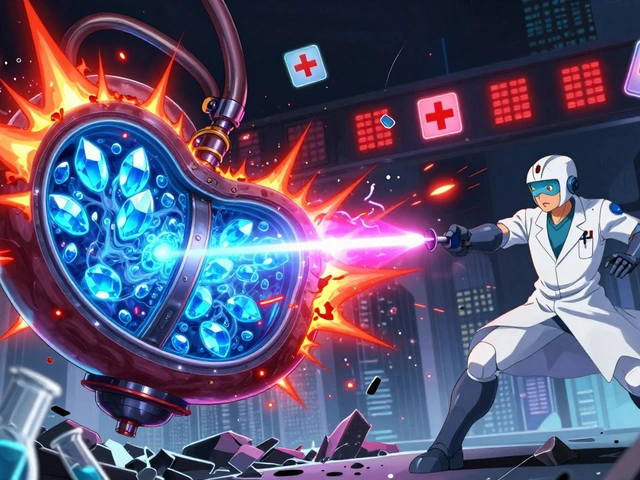Antibiotics: What They Do and How to Use Them Safely
Antibiotics fight bacterial infections, not viruses. If you’ve ever wondered whether your sore throat needs antibiotics or just rest and fluids, this quick guide will help you spot when antibiotics matter, how to use them without harm, and where to buy them safely online.
How antibiotics work and when to use them
Antibiotics either kill bacteria or stop them from growing so your immune system can clear the infection. Common examples include amoxicillin, azithromycin, and doxycycline. Doctors prescribe them for ear infections, strep throat, urinary tract infections, and certain skin infections. They don’t help colds, flu, or most sore throats, because those are usually viral.
Missing the right window or taking antibiotics when you don’t need them causes two problems: you expose yourself to side effects and you make bacteria harder to treat next time. If you’re unsure, ask a clinician for a quick test or a guided virtual consult before taking antibiotics.
Using antibiotics safely — quick practical tips
Take the full course exactly as prescribed. Stopping early because you feel better can leave some bacteria alive and build resistance. If you miss a dose, follow the instructions your provider or pharmacist gave you—usually take it as soon as you remember, unless it’s almost time for the next dose.
Watch for common side effects: upset stomach, diarrhea, yeast infections, and allergic reactions. If you get hives, swelling, breathing trouble, or a severe rash, stop the drug and get emergency care. Tell your doctor about other medicines you take—some antibiotics interact with blood thinners, birth control, and certain heart drugs.
Keep antibiotics stored in a cool, dry place and don’t use leftover pills for a new illness. Sharing prescriptions or using someone else’s medication is risky and may do more harm than good.
Buying antibiotics online and spotting red flags
Use only licensed pharmacies that require a prescription for prescription antibiotics. Legitimate online pharmacies will ask for a prescriber’s information or offer a telehealth consult. Watch out for sites that sell antibiotics without a prescription, offer unrealistically low prices, or refuse to share contact details and licensing info.
Check for clear company info, verified customer reviews, secure checkout (look for HTTPS), and pharmacist contact options. If a site promises the exact same antibiotic for every condition or pushes strange dosing, walk away.
When buying internationally, know your country’s rules about import and prescription drugs. Taxes, shipping delays, and customs can affect delivery and legality. When in doubt, consult your local pharmacist or a telemedicine provider who can recommend safe purchase options.
Got a specific infection or unsure about a prescription? Talk to a healthcare provider before you start. If you want more practical guides and trusted pharmacy tips, eDrugstore.com has clear reviews and buying advice to help you stay safe.






